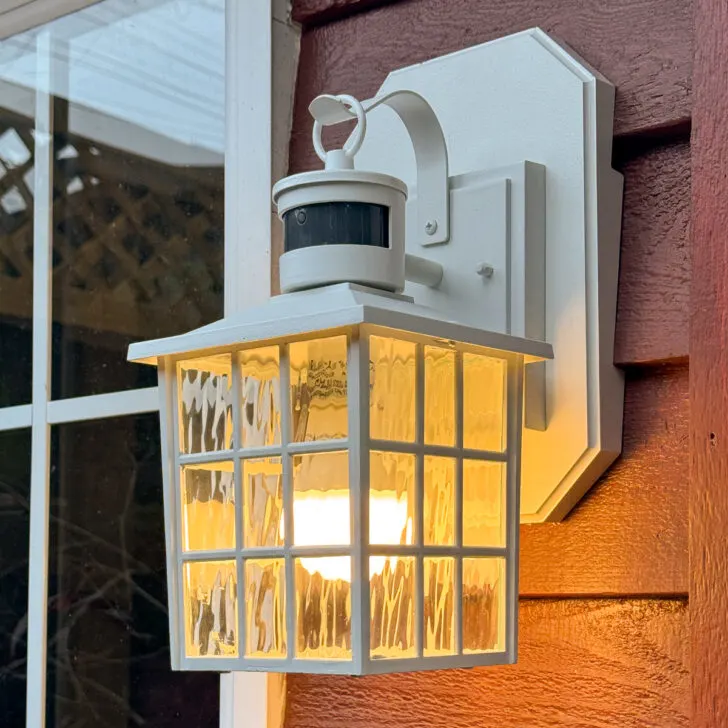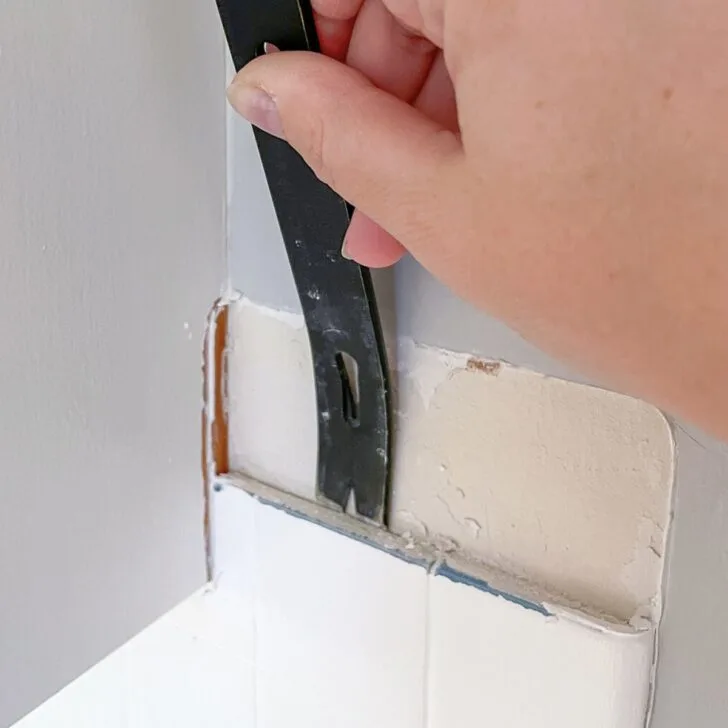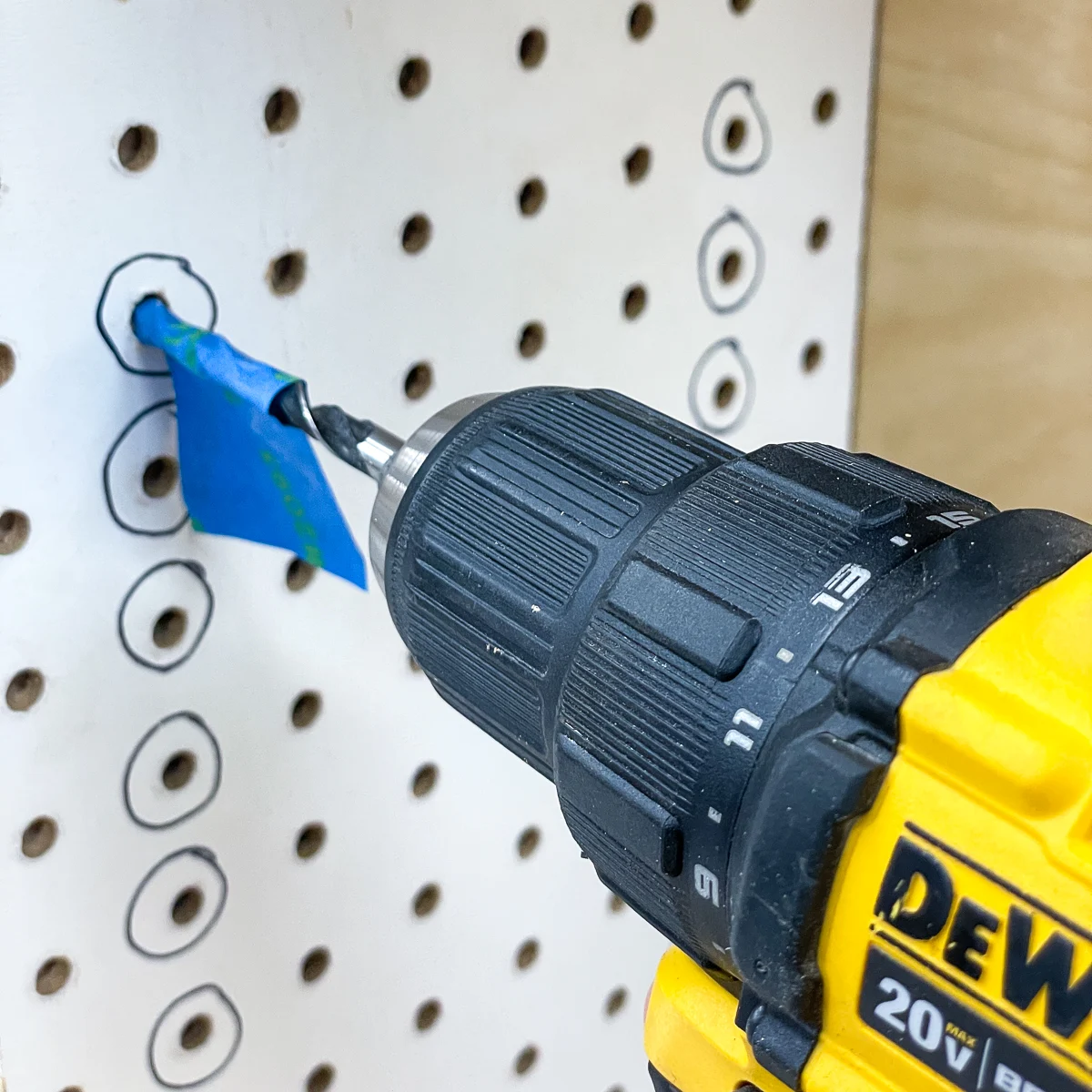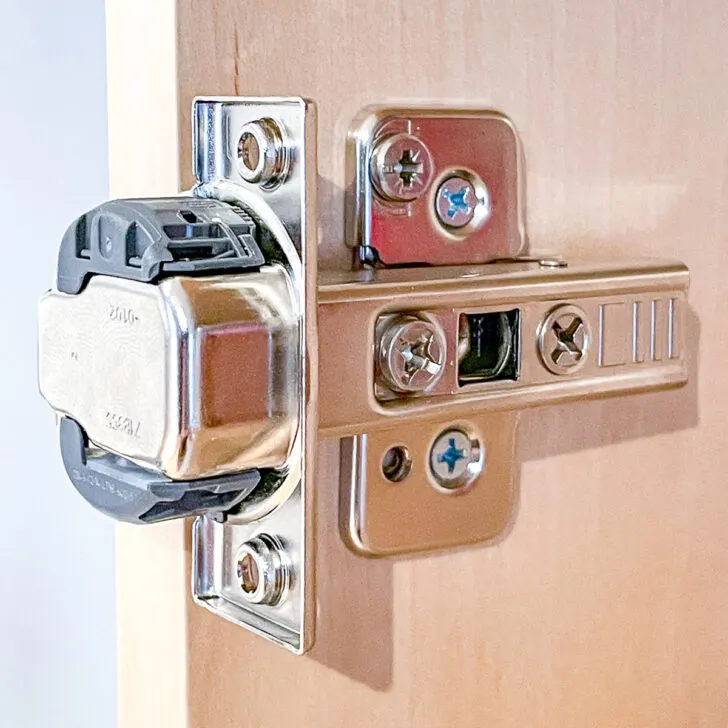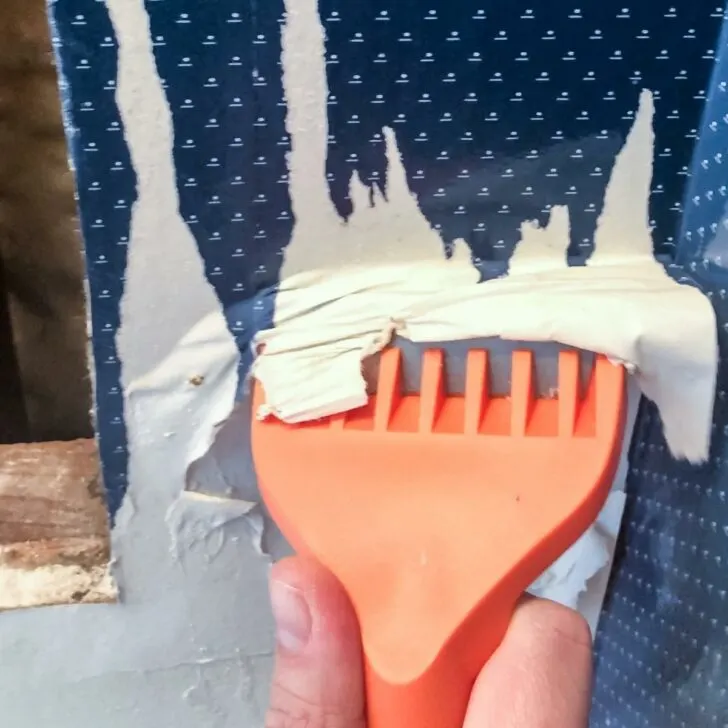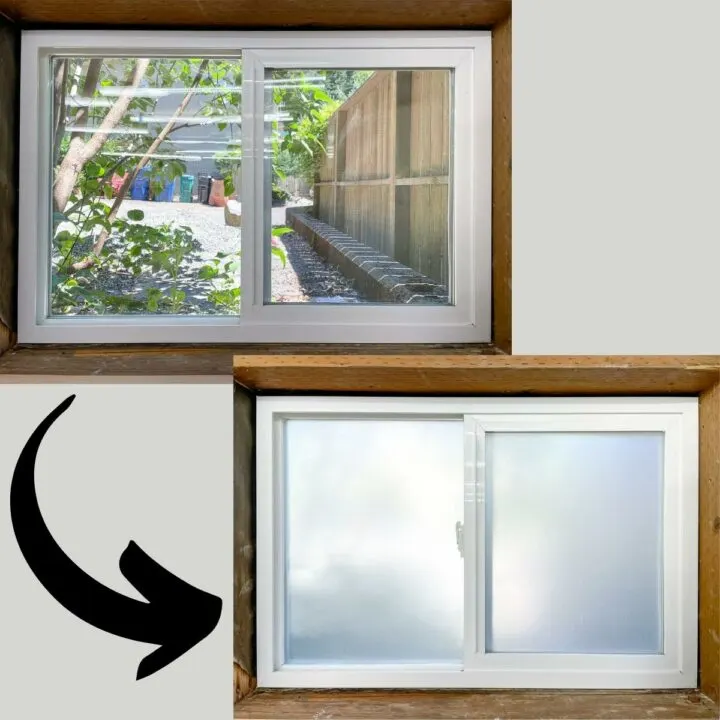Learn how to install ceiling hooks correctly to transform your space with beautiful hanging plants safely and securely.
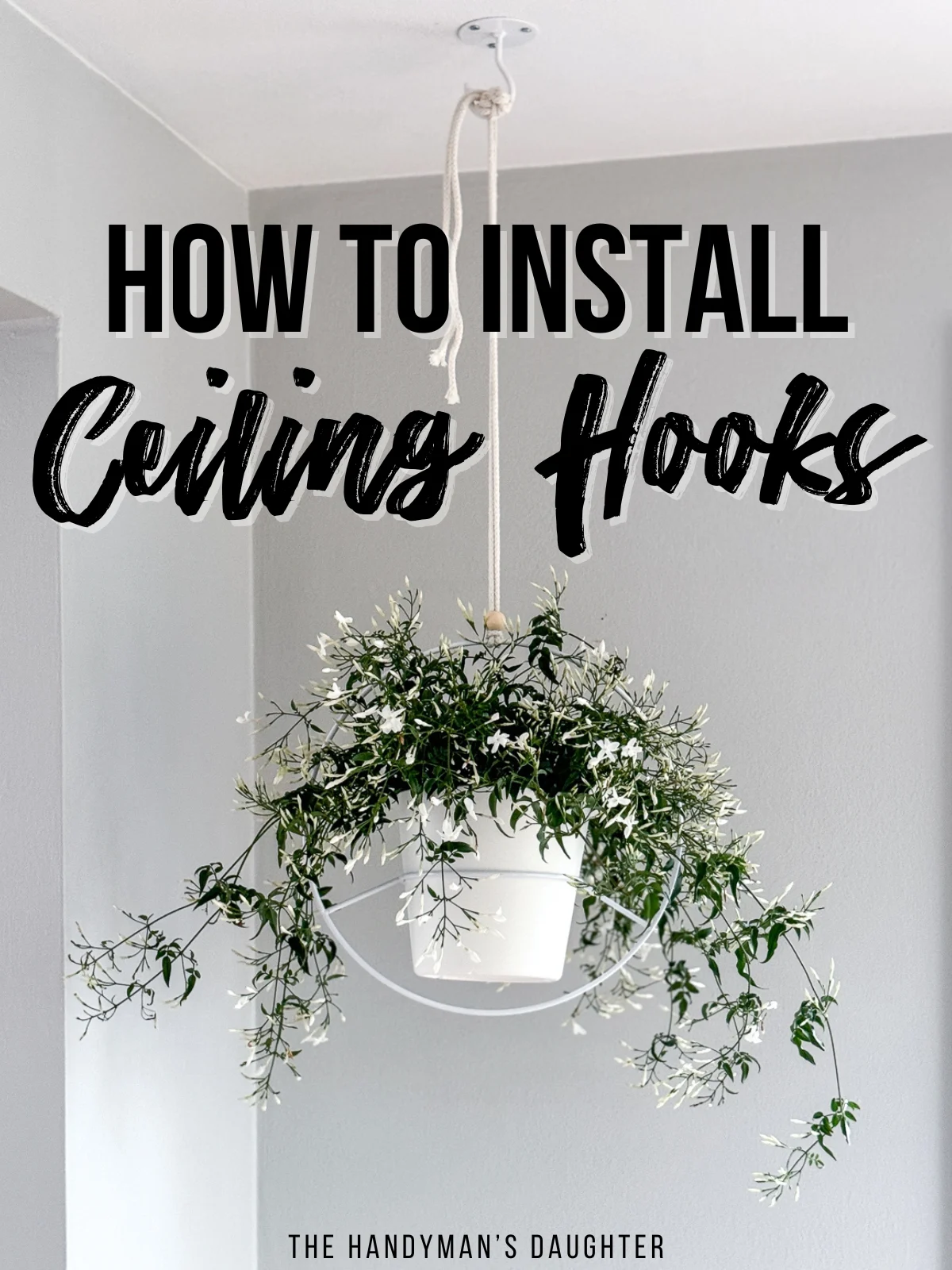
Installing a hook in the ceiling might seem like a simple task, but doing it correctly is crucial. That houseplant can crash to the floor and tear up your drywall if you don't screw the hooks into the ceiling properly!
Luckily, it only takes a few easy steps to ensure that everything stays where it should. I'll guide you through the process, ensuring that your ceiling hook is both functional and safe.
This post contains affiliate links for your convenience. Purchases made through these links may earn me a small commission at no additional cost to you. Please visit my disclosures page for more information.
Choose the location
Before you start drilling holes in the ceiling, check to make sure that your plant will be happy in the location you've chosen. For this project, I'm looking for a good spot to hang this gorgeous jasmine plant. While it looks nice on my DIY plant stand now, the vines will quickly grow to touch the ground!
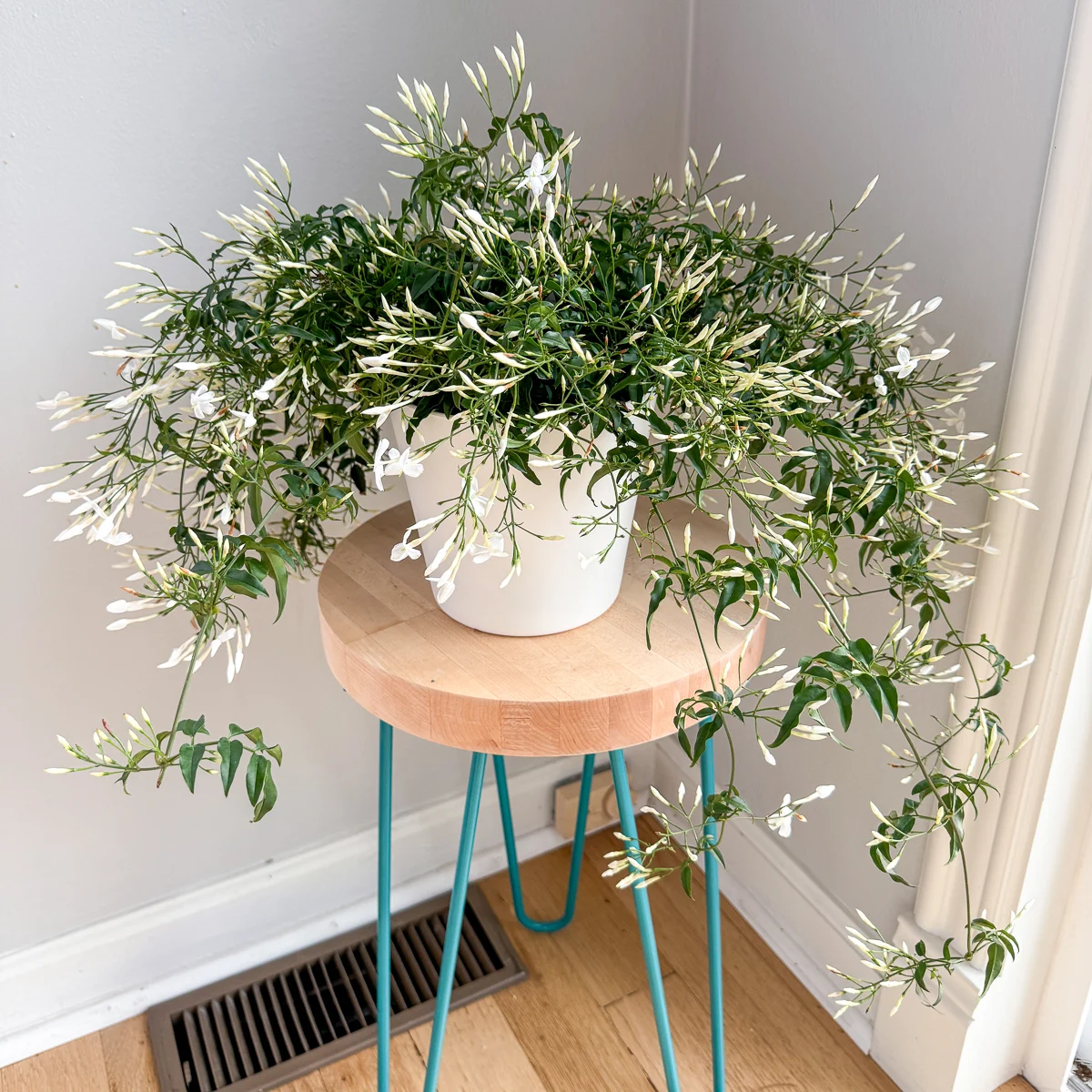
These plants can be a little picky. I need a spot with bright, indirect light that doesn't get a draft or dry air from a heat vent. As you can see, my "plant window" is pretty full!
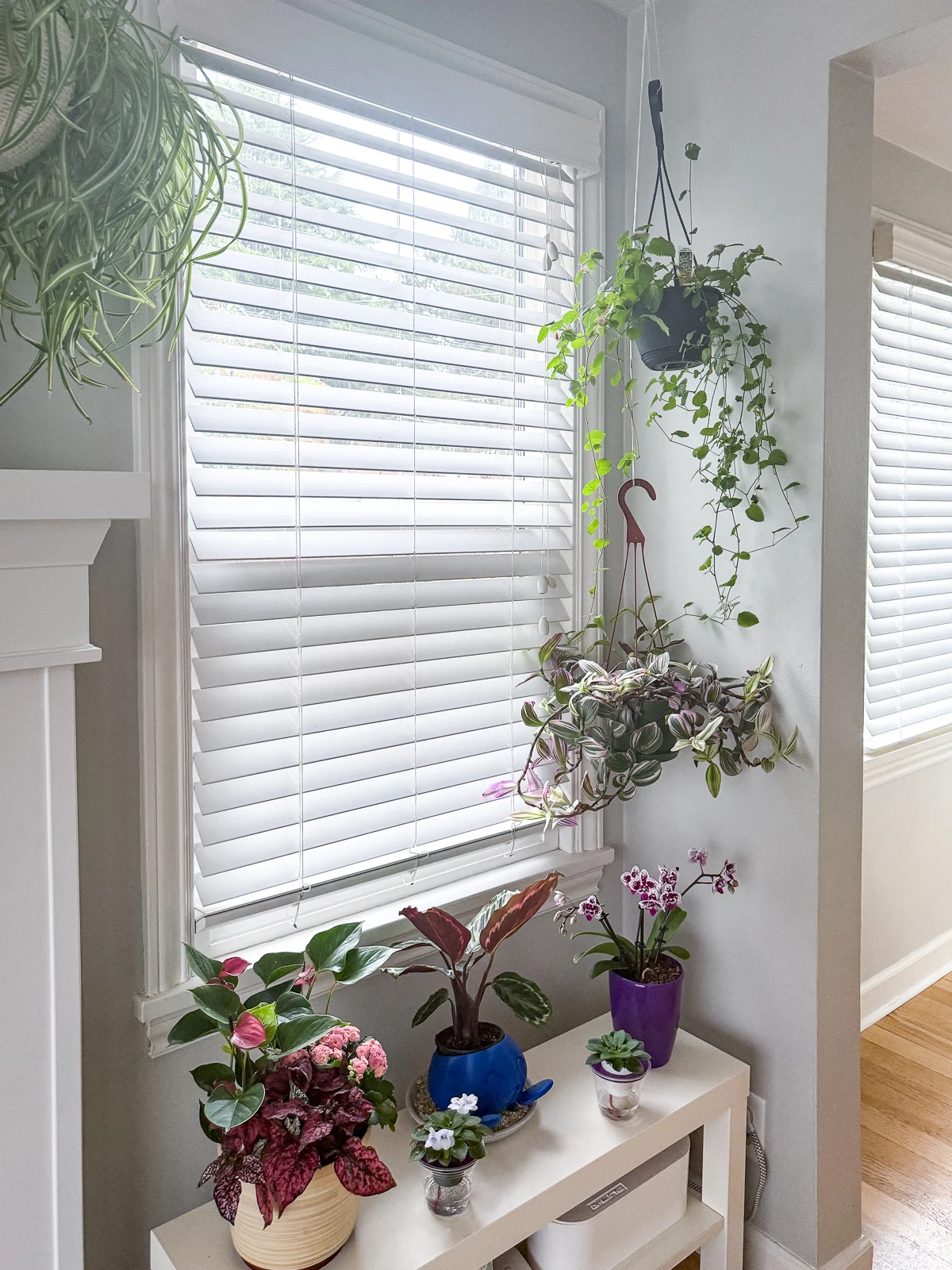
However, the dining room window is a prime place for a plant like this! It doesn't open, and the wall will block the breeze from the other window.
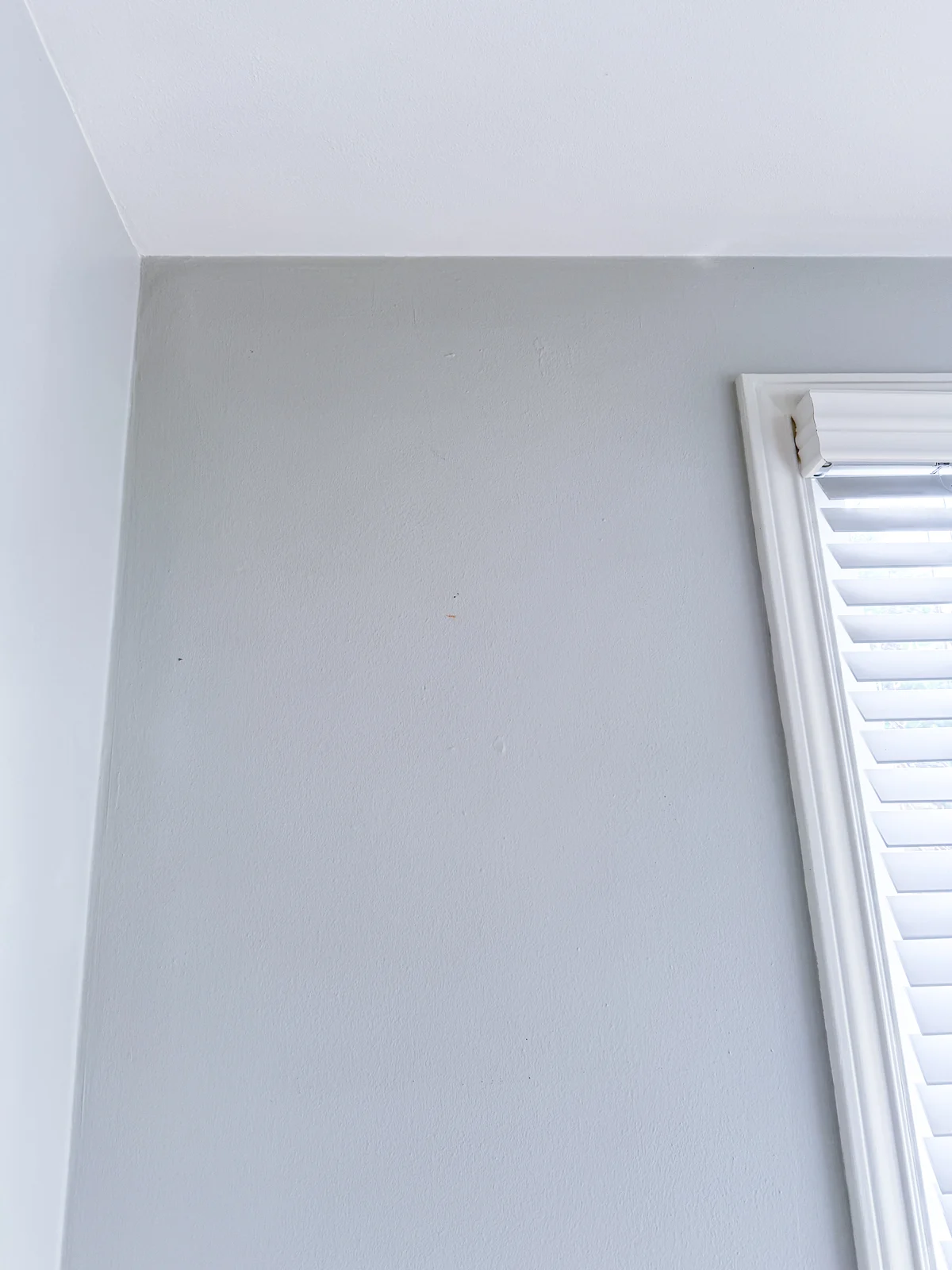
Check for joists
The most secure way to install a ceiling hook is to screw it directly into a joist. You can locate these the same way you find a stud in the wall, either with a stud finder or one of these other methods.
Remember that joists can run in either direction, depending on how your house was built. I found one running parallel to the wall with the window.
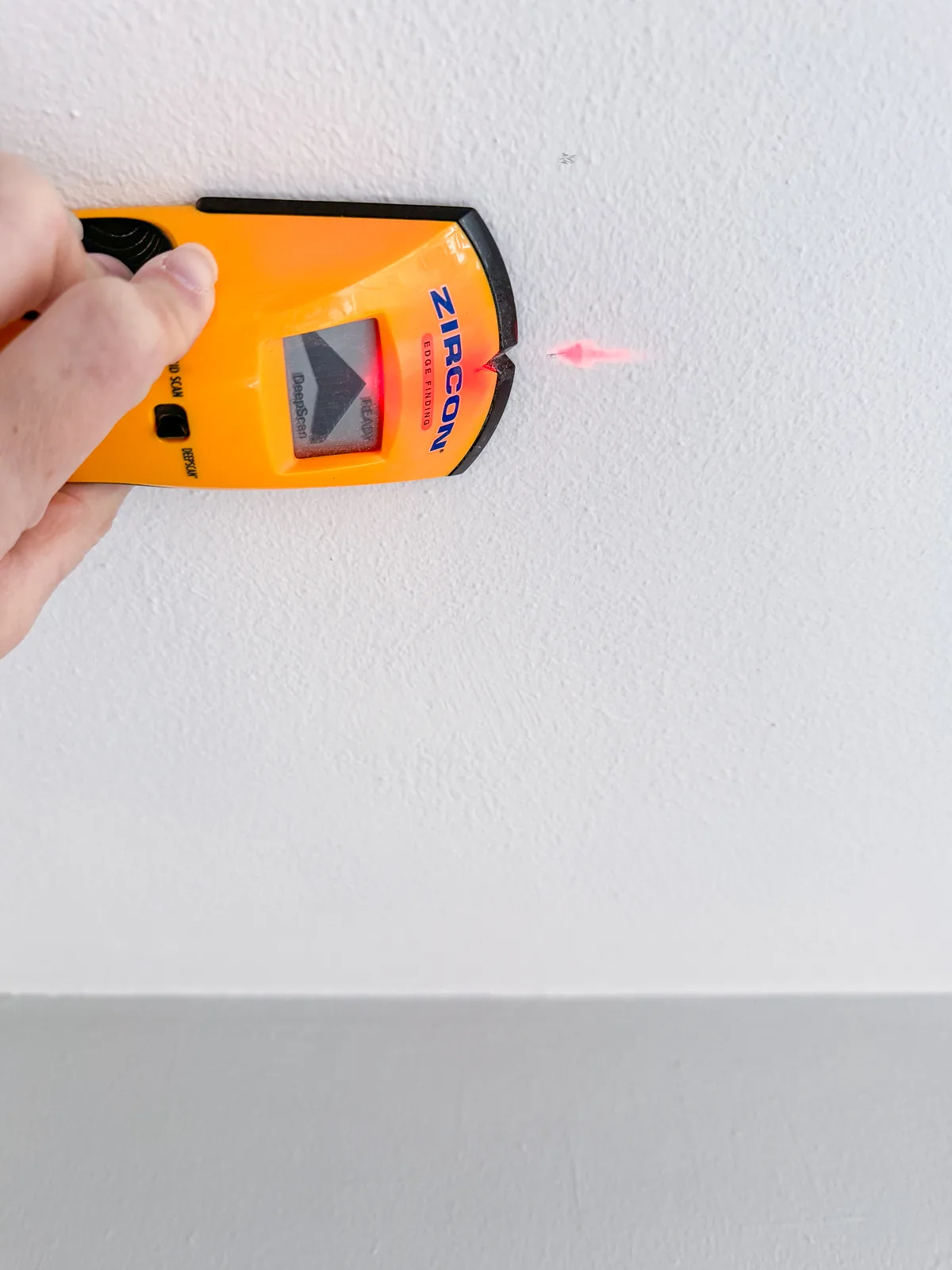
While this positions my plant a little further away from the wall than I would have preferred, it allows me to center it between the wall and the window.
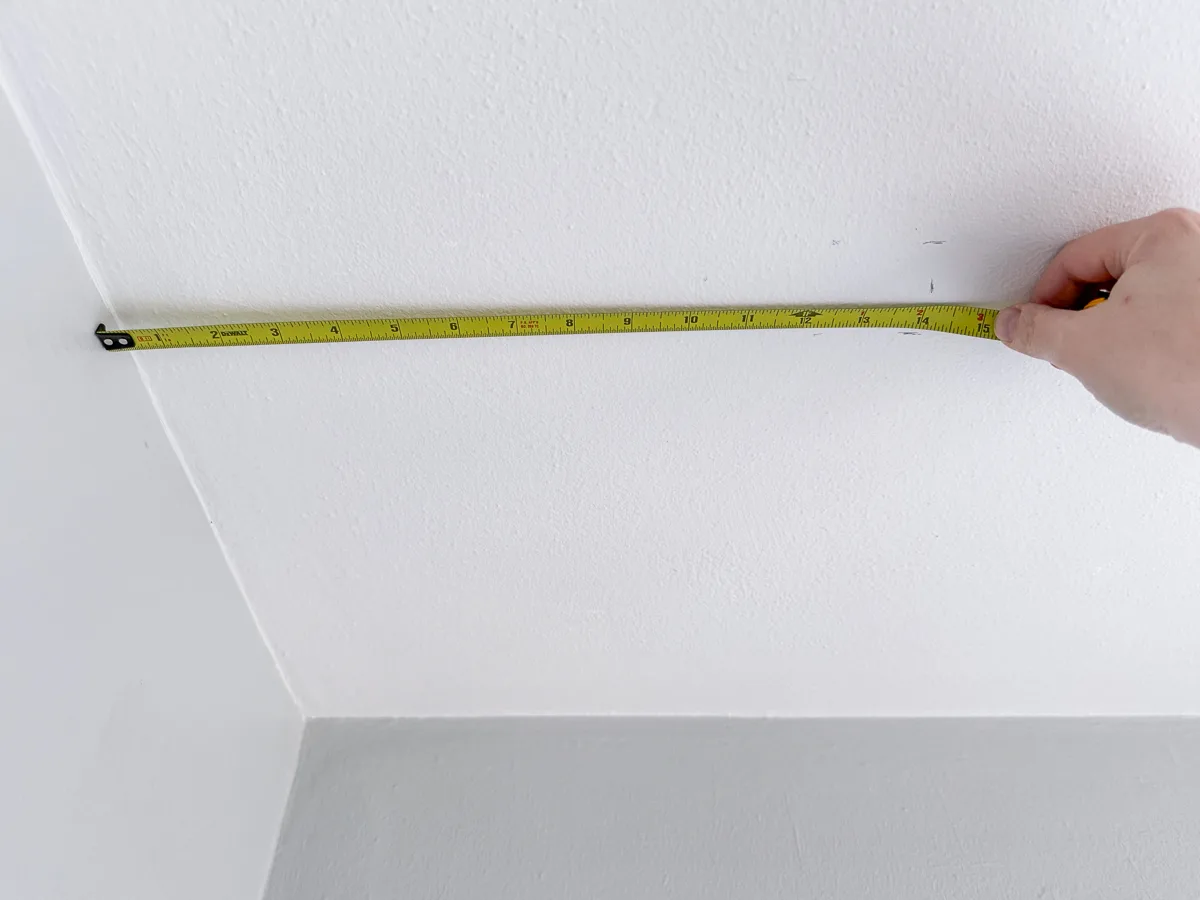
If you don't have a joist anywhere near your desired location, you'll need to install drywall anchors, which I'll go over in the next section.
Choose your screws and anchors
Consider the weight of the item you plan to hang from your hook when choosing the anchors. A lightweight air plant holder will be fine with regular plastic drywall anchors, but a pot with soil will need something stronger.
There are many different options for drywall anchors. I recommend using either the larger screw-type anchors, a toggle bolt or a molly bolt if you're not screwing directly into the joist. Those little plastic anchors fall out pretty easily, especially in a ceiling!
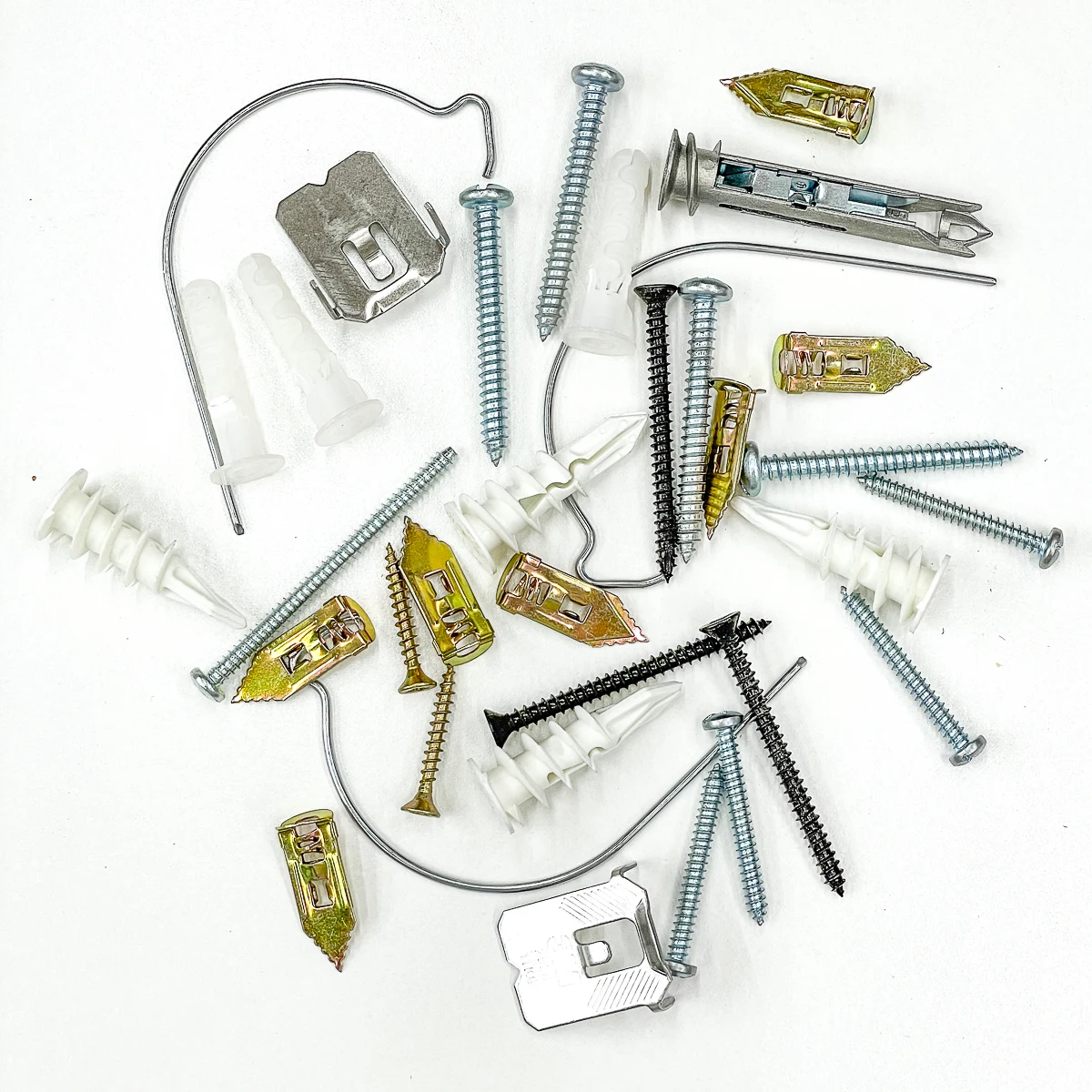
The large screw anchors bite into the surrounding drywall and splay out behind it to hold the hook in place. I used these on my live edge floating shelves, and they hold about the same weight as a fully watered plant.
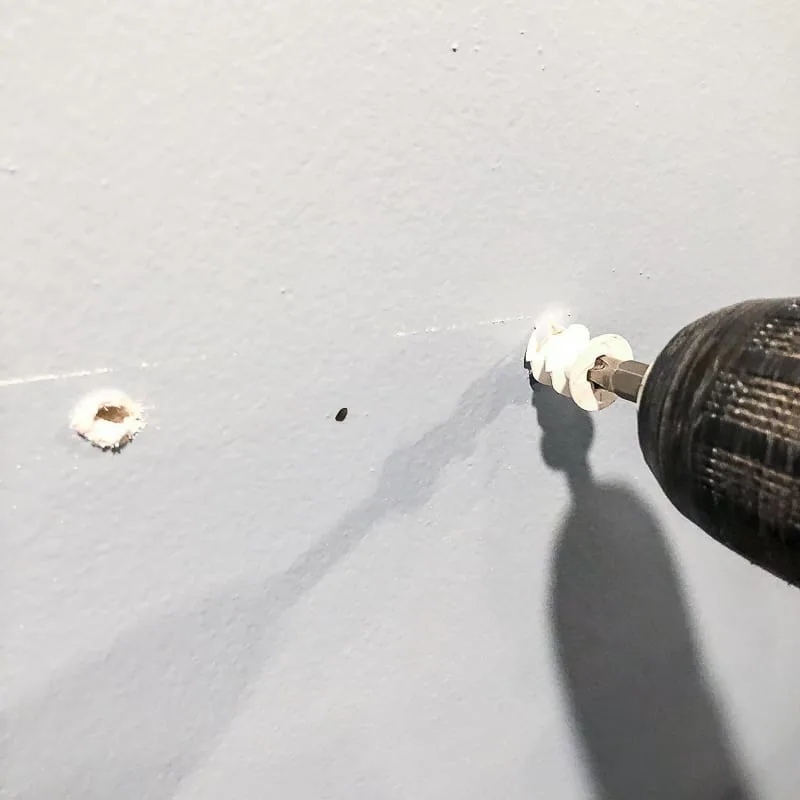
Toggle bolts are much stronger than plastic anchors, but you'll need to drill bigger holes for the wings to fit through. I have a full tutorial on how to use toggle bolts if you're not familiar with these types of anchors.
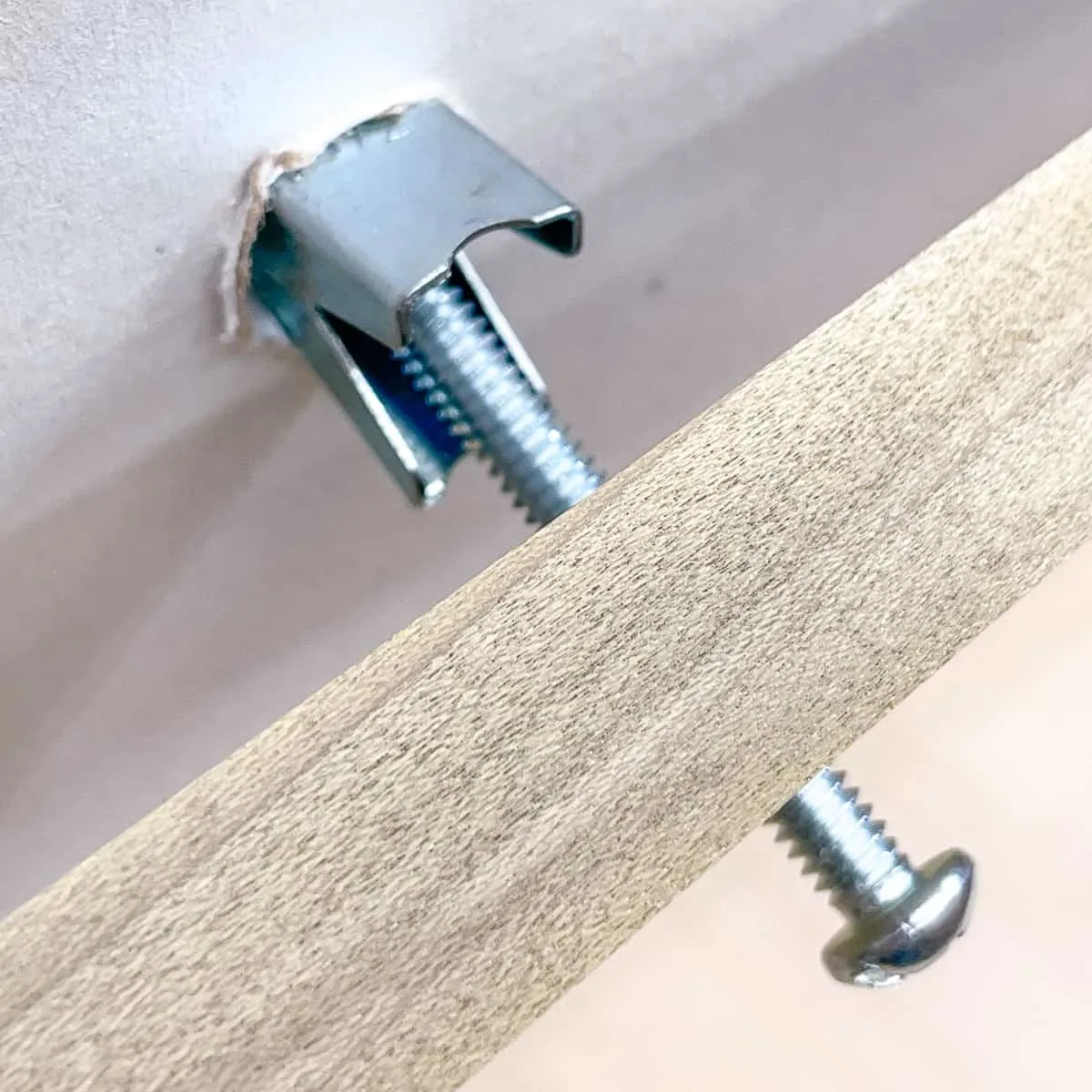
Since I'm installing the hook into the joist above, all I need are screws. However, the screws provided with my hook aren't long enough to go through the drywall and bite into the wood behind it. I replaced them with regular 2" wood screws instead.
Drill the holes and install the ceiling hook
I like this type of ceiling hook because it has three attachment points. You can position the hook so that two of the three holes line up with the joist, making your installation more secure.
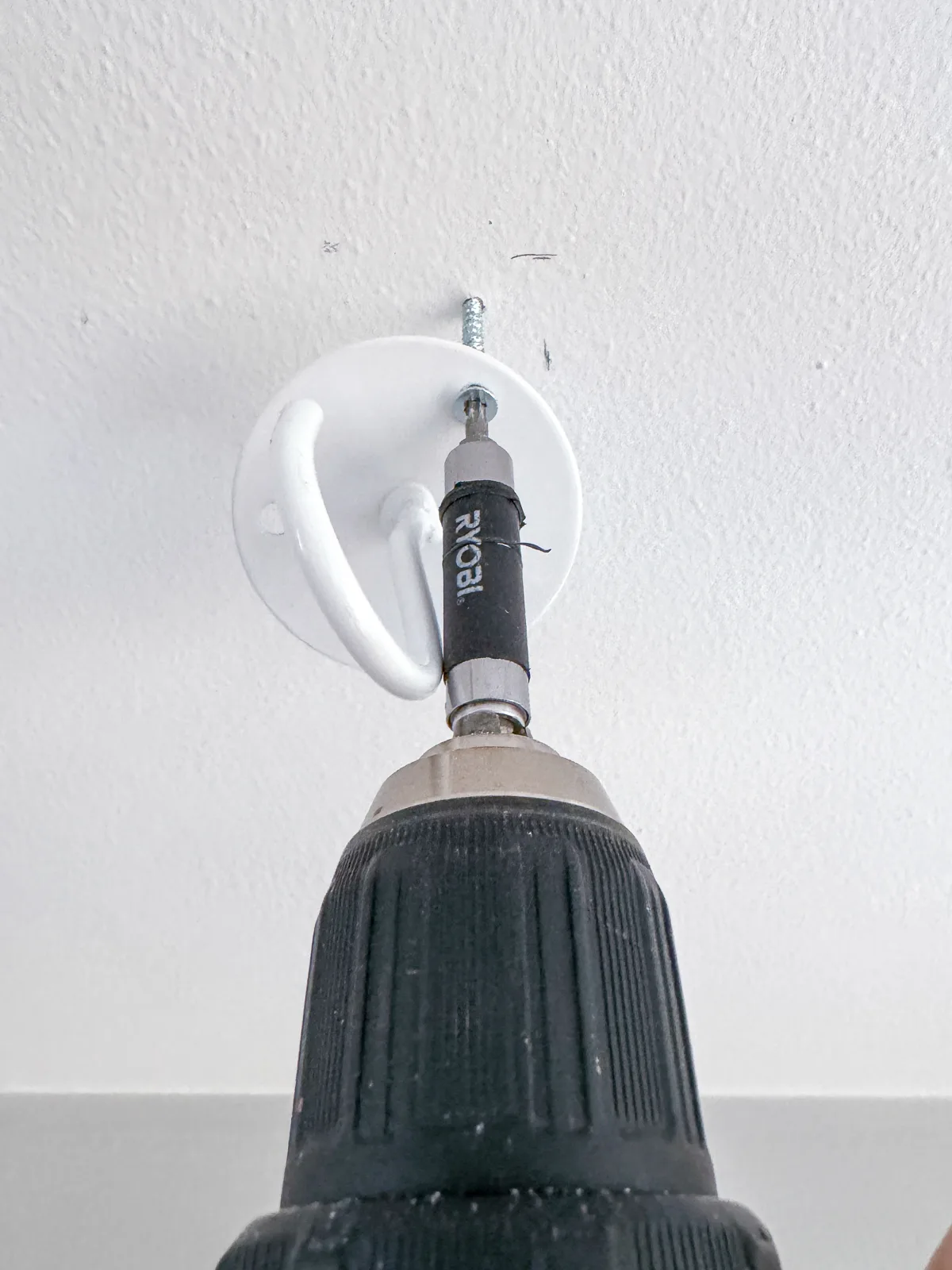
You can see where I marked the location of the edges of the joist in the ceiling. The top two screws go into the joist and bear all the weight. The hole that misses the joist can be left empty, but I just put a screw into the hollow drywall so it matches.
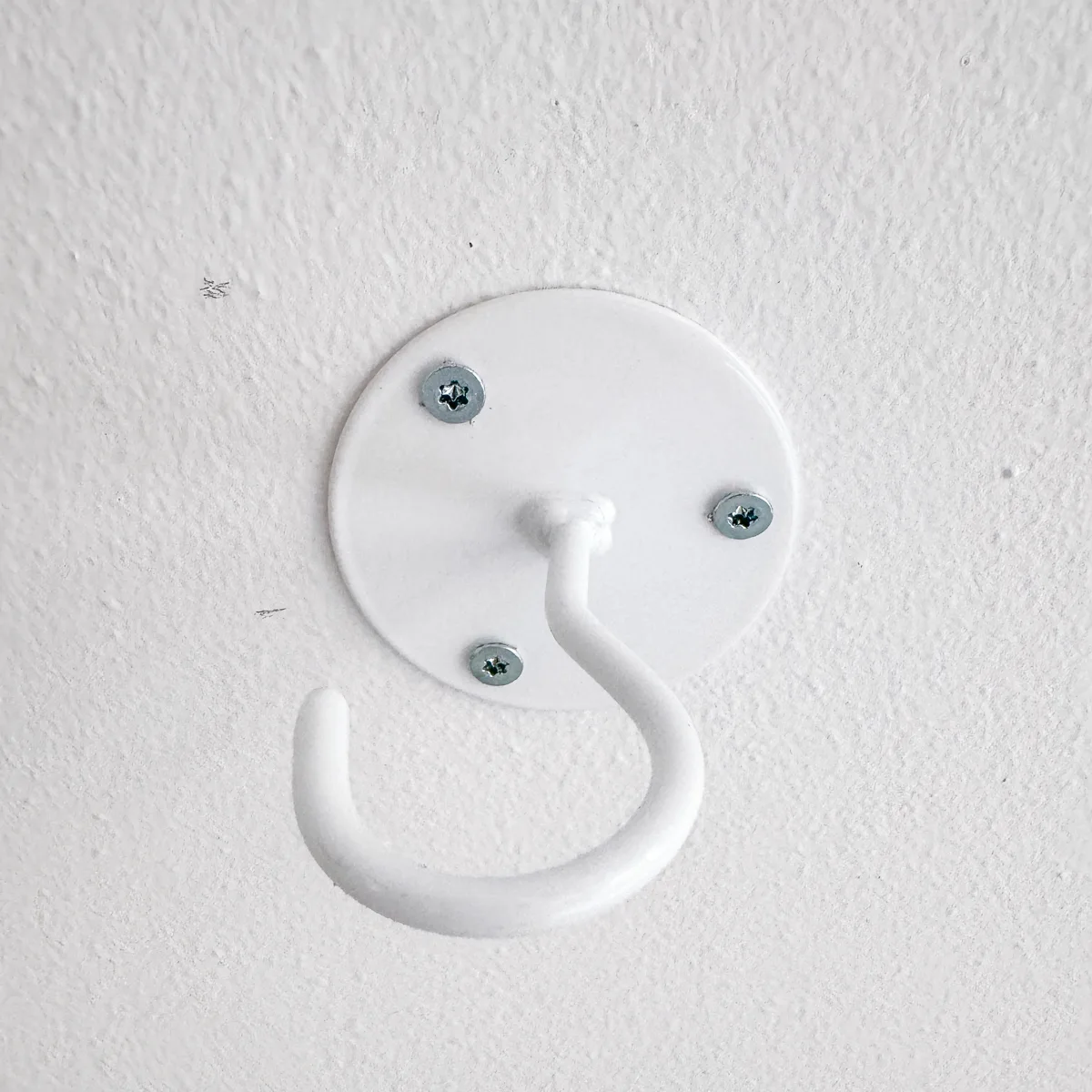
If you need to use plastic drywall anchors, mark the position of the three holes through the hook base. Then use a drill bit that matches the diameter of the anchor to create holes to push the anchors into.
As you drive in the screw, the anchor will expand behind the hole to hold the ceiling hook in place. If you decide to remove the hook later on, be sure to check out this tutorial on how to repair drywall anchor holes to patch them up!
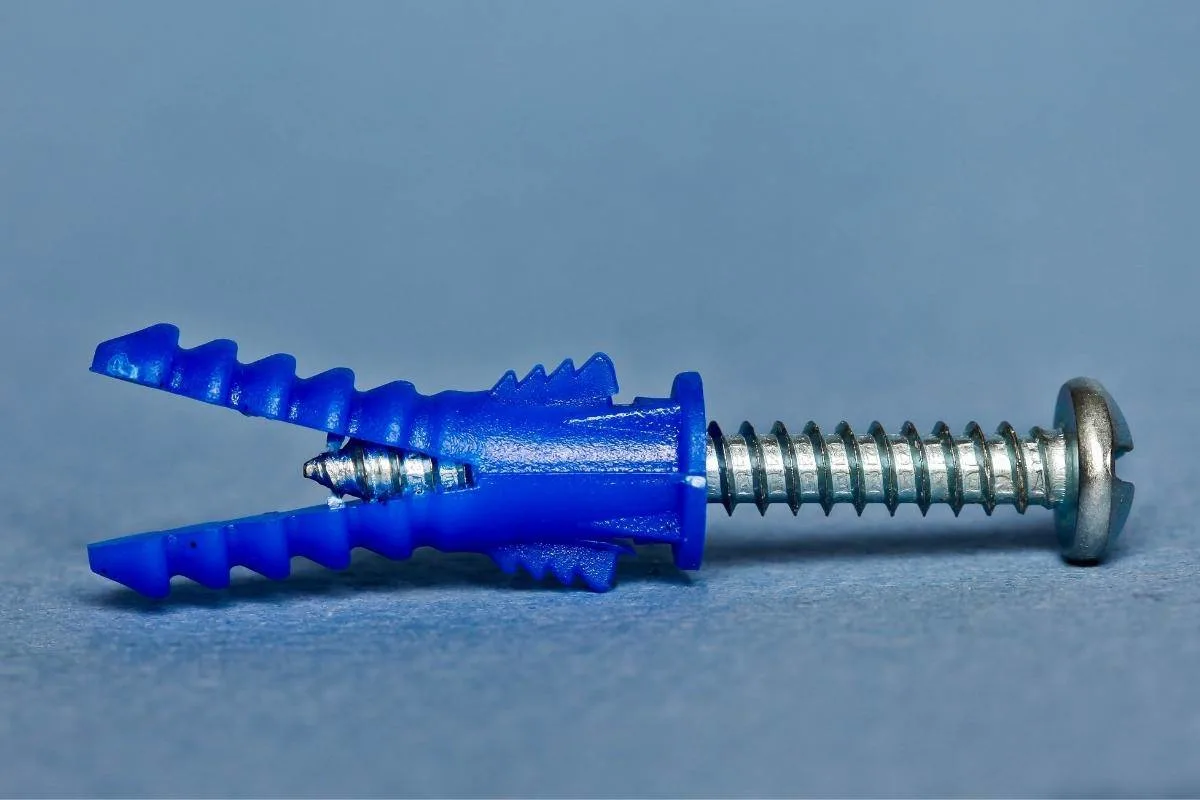
Hang your plant
With your ceiling hook secure, now you can display your new houseplant! Jasmine is a vine, so I bought this planter with a circular trellis around it to help it grow vertically instead of just straight down.
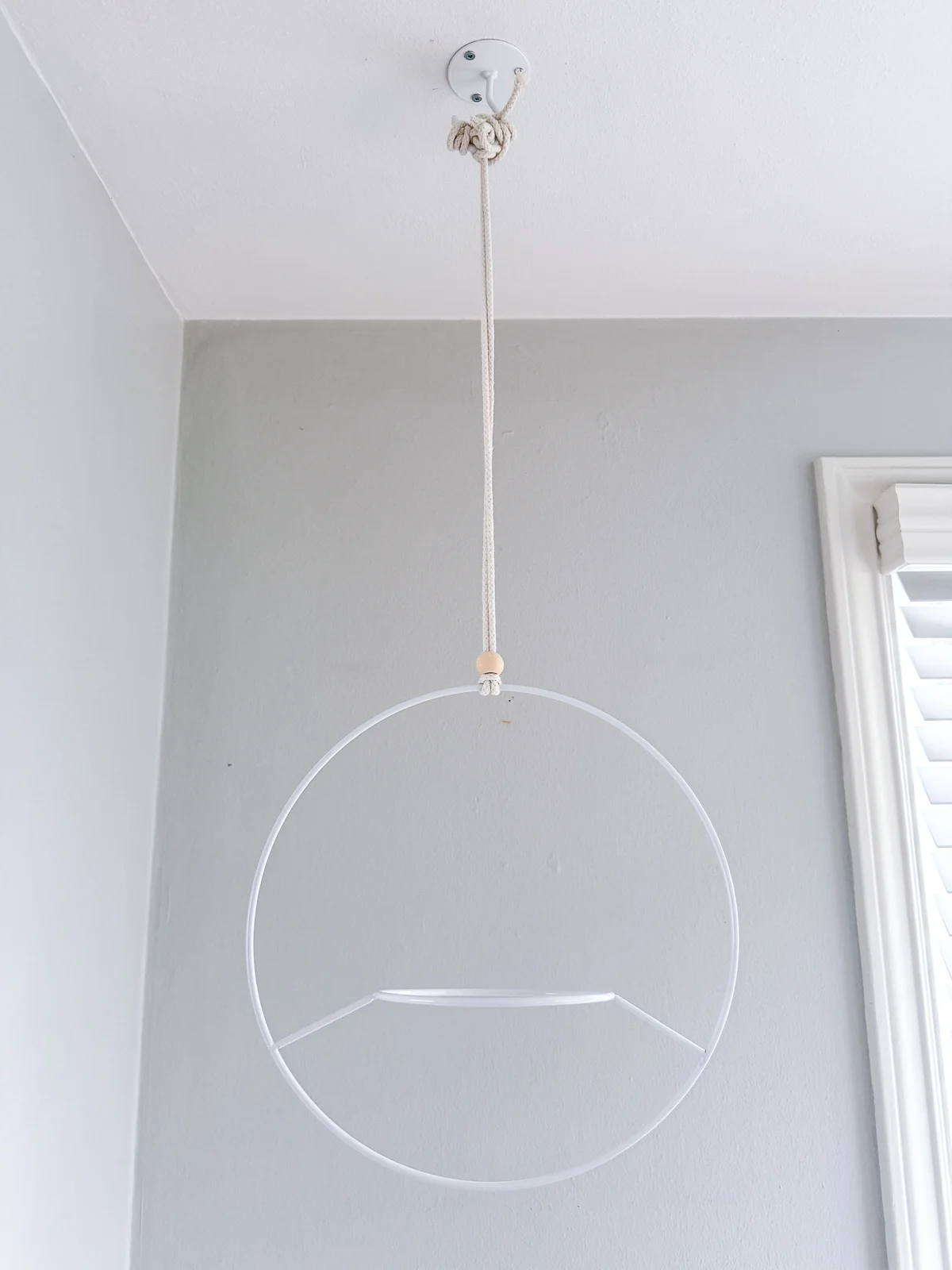
The jasmine looks (and smells) amazing in its new home! Even with just a few open buds, the scent fills the entire room.
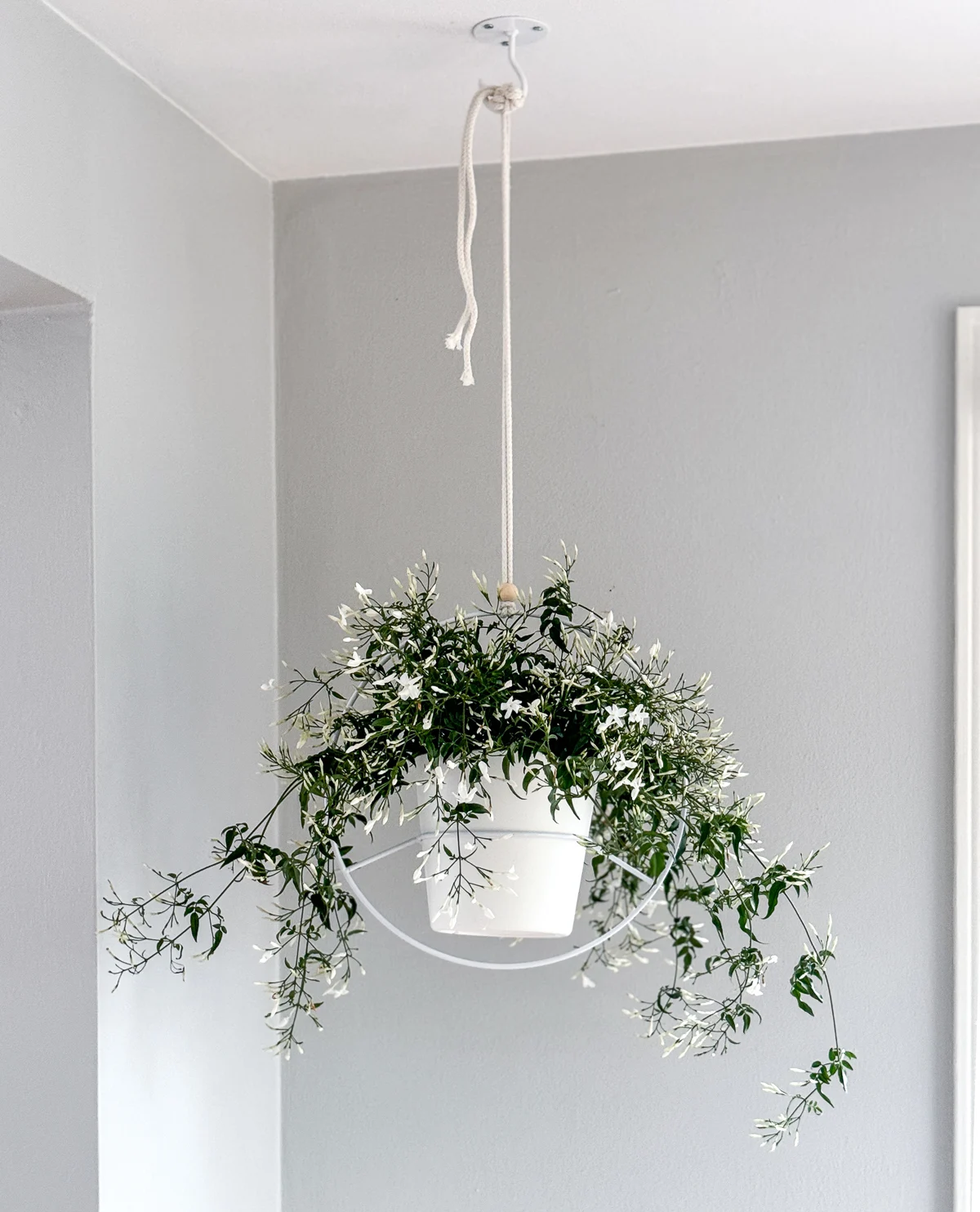
This plant can get up to 25 feet long, so I'm glad that ceiling hook is installed securely to hold all that weight!
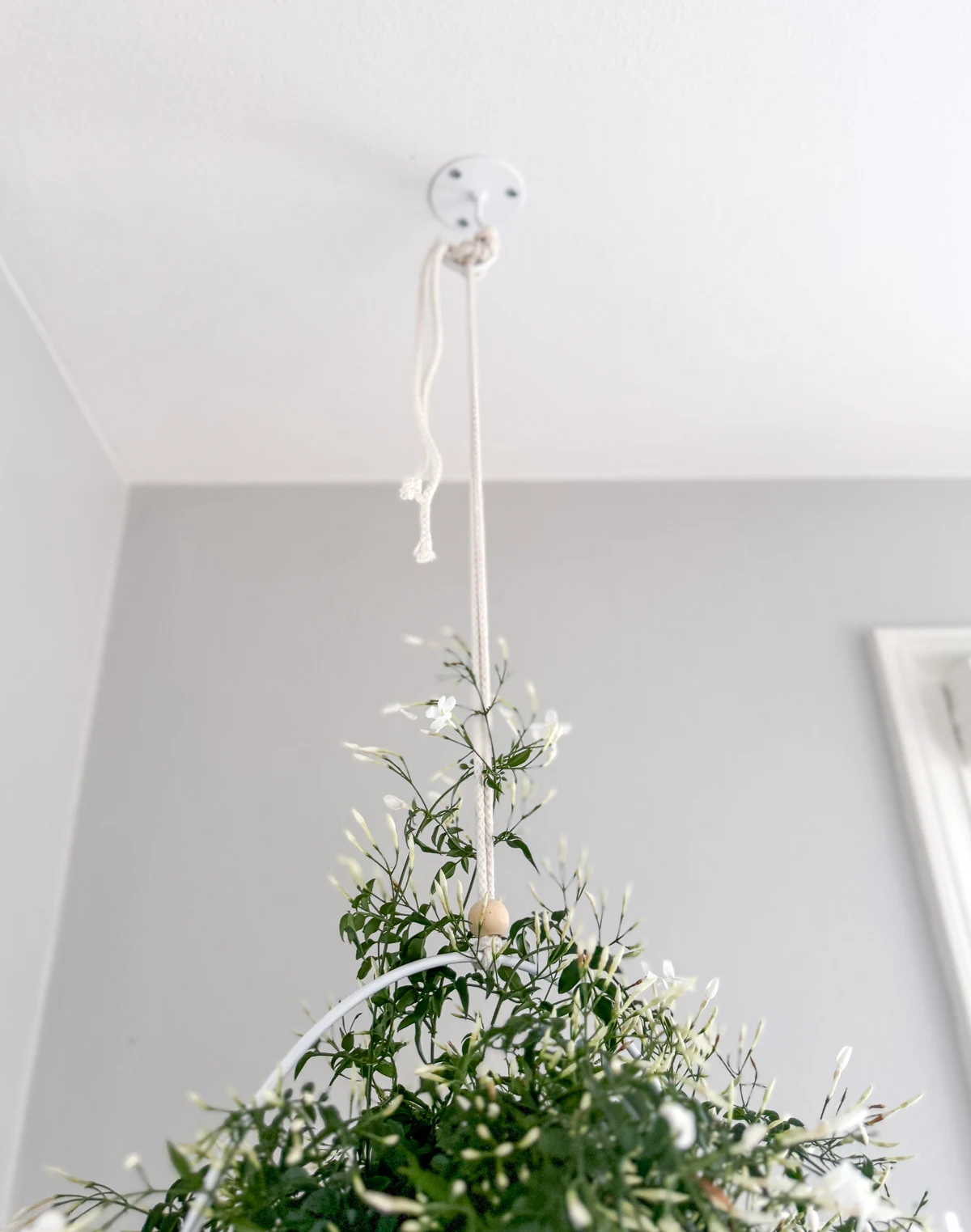
Check out these other home improvement tutorials!


